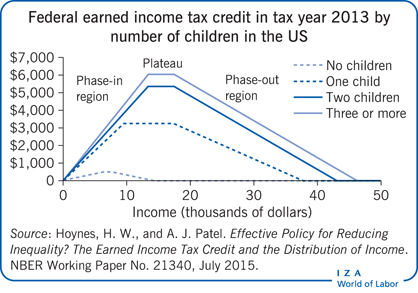Elevator pitch
High risk of poverty and low employment rates are widespread among low-skilled groups, especially in the case of some household compositions (e.g. single mothers). “Making-work-pay” policies have been advocated for and implemented to address these issues. They alleviate the above-mentioned problems without providing a disincentive to work. However, do they deliver on their promises? If they do reduce poverty and enhance employment, can we further determine their effects on indicators of well-being, such as mental health and life satisfaction, or on the acquisition of human capital?

Key findings
Pros
Permanent in-work benefits generally increase the transition from welfare to employment of single mothers.
Offering permanent in-work benefits reduces the incidence of in-work poverty.
Permanent in-work benefits have a positive effect on mental health and life satisfaction of (single) mothers.
Children of beneficiaries can also benefit from permanent in-work benefits.
If society values the well-being of low-paid workers, permanent in-work benefits can improve the redistribution of income.
Cons
In-work benefits based on total family income decrease the employment level of secondary earners.
Time-limited in-work benefits have no long-term positive effects on the employment rate, earnings, and life satisfaction.
By increasing overall labor supply, in-work benefits eventually reduce pre-tax wages, in the absence of downward wage rigidity.
In-work benefits are often complex and interact with other schemes; they can thus be poorly understood, particularly by their target beneficiary group.